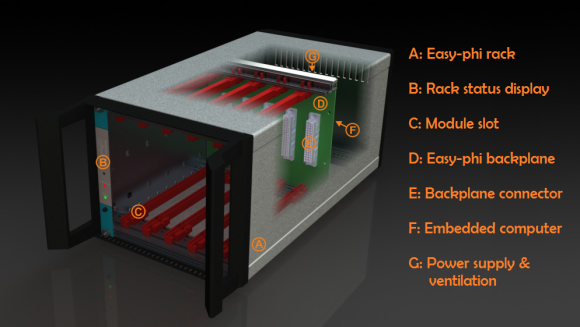When you’re at HOPE, of course you’re going to see a few Tor proxies, but [Jose]’s is top-notch. It’s a completely portable Tor proxy (.br, Google translation), battery-powered, with a connection for 4G networks.
[Jose]’s OnionPi setup is based on the Adafruit version, but adds a few interesting features that make it even more useful. It’s battery-powered with about a day of charge time, has a built-in battery charger, Ethernet pass through, external 4G and WiFi antennas, all in a sealed case that makes the entire build impervious to the elements.
While this isn’t much of a hack per se, the amount of integration is impressive. There are switches to turn off each individual networking port, and all the relevant plugs are broken out to the front panel, with the AC input and USB serial connection using screw connectors that are supposedly very popular in Brazil.
[Jose] also brought along a new device that isn’t documented anywhere else on the web. It’s called NNCFA, or Nothing New Crypto For All. Using a Cubieboard, an interesting ARM single board computer with a SATA connector, [Jose] created a device that will mount TrueCrypt volumes on a hard drive and share them via Samba.












